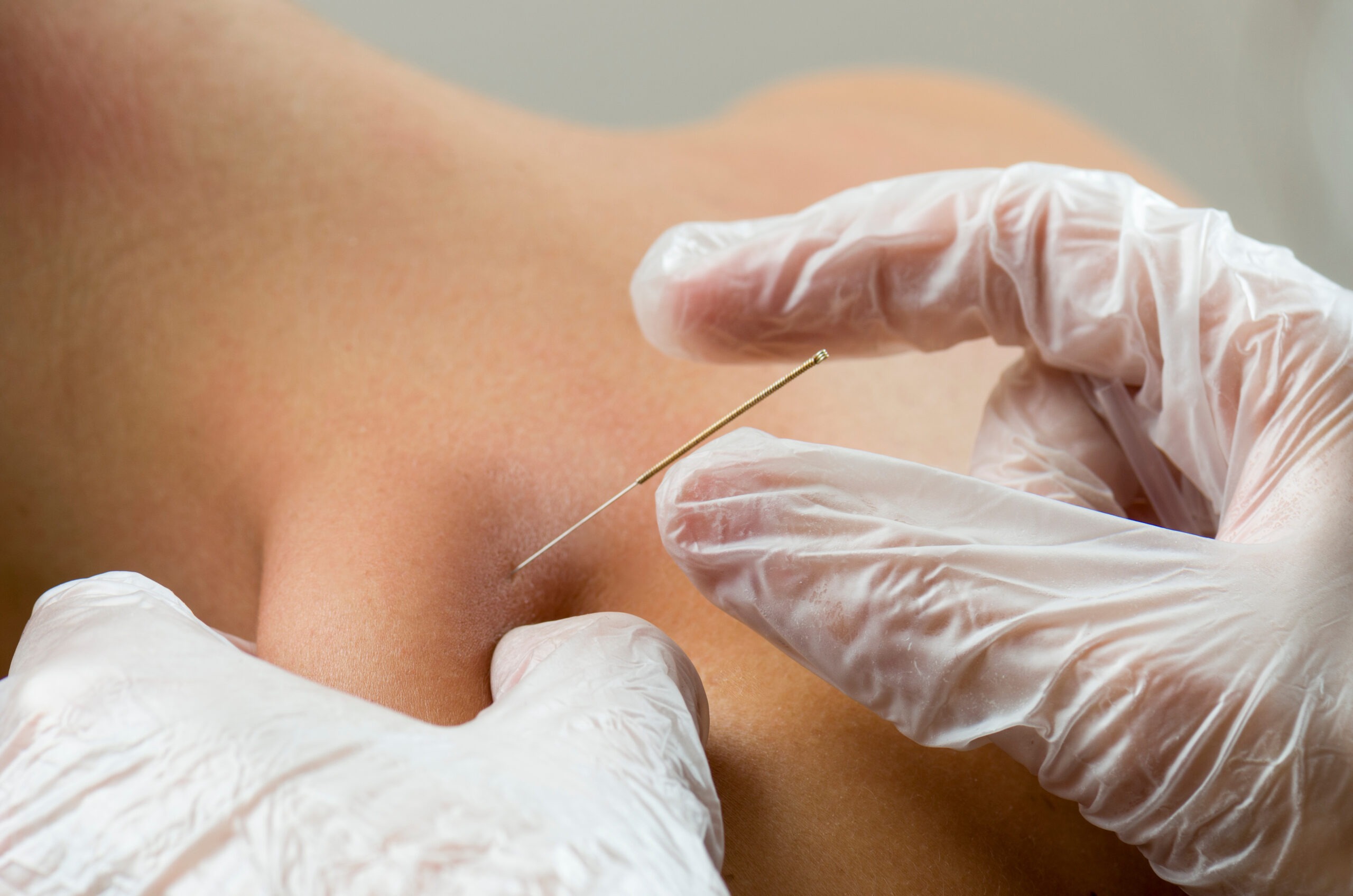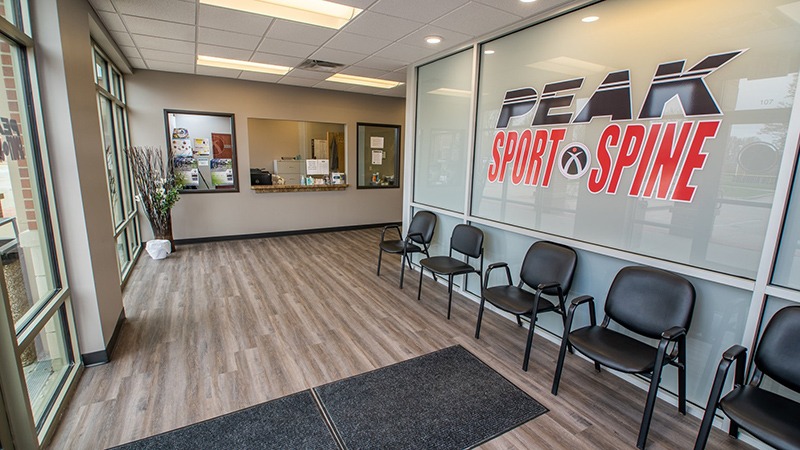In physical therapy, a highly useful technique known as dry needling, or trigger point dry needling (TDN), is gaining prominence. This type of therapy is praised for its effectiveness and minimal discomfort. However, many people have a fear of needles or simply don’t understand how it works, so it’s important to demystify dry needling and help people understand its benefits.
What is Dry Needling?
Dry needling is a therapeutic technique used by skilled physical therapists. It involves inserting extremely thin needles through the skin into areas of the muscle known as myofascial trigger points. These needles are a similar thickness as an acupuncture needle and are designed to target specific muscles that harbor knots or tight bands, which are often the source of pain and dysfunction.
How Dry Needling Works
The essence of dry needling lies in its ability to produce a twitch response from the affected muscle, leading to the release of the knot and alleviation of muscle tension. This process not only helps in reducing pain but also significantly improves flexibility and increases the range of motion. By directly targeting the physiological source of discomfort, dry needling can expedite the recovery process and enhance the effectiveness of traditional physical therapy treatments.
Why Someone Might Need Dry Needling
Dry needling has been found beneficial for a wide range of conditions. Individuals suffering from chronic pain, sports injuries, muscle overuse, and even posture-related discomfort might find relief through this technique. It’s particularly helpful for those who have not responded to other forms of therapy and are looking for an alternative solution to manage their pain and improve their physical function. Some common conditions that can be improved with dry needling include:
- Back pain
- Neck pain
- Chronic Pain
- Sciatica
- Headaches
- Knee pain
- Gluteal and hip pain
- Plantar Fasciitis
- Golfers/Tennis Elbow
- Tendonosis
- Achilles Tendonitis
The Dry Needling Experience
For those apprehensive about the use of needles, it’s important to note that the needles used in dry needling are much thinner than those used for injections or blood draws. In many cases, patients do not feel the needles being inserted. However, some may experience a unique sensation when the needle encounters a trigger point – a feeling often described as a mild muscle cramp or ache. This sensation is short-lived and is actually a positive sign that the treatment is targeting the right area.
Dry Needling vs. Acupuncture
While dry needling may sound similar to acupuncture due to the use of needles, the two practices have distinct differences. Acupuncture is an ancient Chinese medicine practice aimed at balancing the body’s energy flow, or Qi, through pathways known as meridians. Dry needling, on the other hand, is grounded in modern Western medicine principles and is specifically targeted at relieving musculoskeletal pain and dysfunction by deactivating trigger points. The approach and techniques of dry needling are different, focusing more on anatomical and neuromuscular issues.
Is Dry Needling Painful?
It is natural to wonder if dry needling is painful. The experience of dry needling varies from person to person. While the insertion of the needle is often barely felt, the contact with a trigger point may induce a brief sensation of cramping or aching. However, this discomfort is a therapeutic response and typically subsides quickly. Many patients report feeling immediate relief or improved mobility after the session, with the minor, brief discomfort being a worthwhile trade-off for the benefits received.
Is Dry Needling Right for You?
Dry needling is a safe, minimally invasive technique that can play a crucial role in the management of musculoskeletal pain and rehabilitation. It’s an excellent adjunct to comprehensive physical therapy plans, aimed at restoring function and improving quality of life. At PEAK Sport & Spine, we understand the importance of innovative and effective treatment modalities in the journey toward recovery. Our team of experienced physical therapists is well-versed in dry needling, among other advanced treatments, to provide personalized care tailored to your unique needs.
If you’re curious about dry needling or seeking relief from persistent muscle pain, we invite you to schedule an appointment at one of PEAK Sport & Spine’s convenient locations. Let us be your partner in health, offering expert care and guidance every step of the way. Contact us today to learn more about how we can help you return to the activities you love, pain-free.

